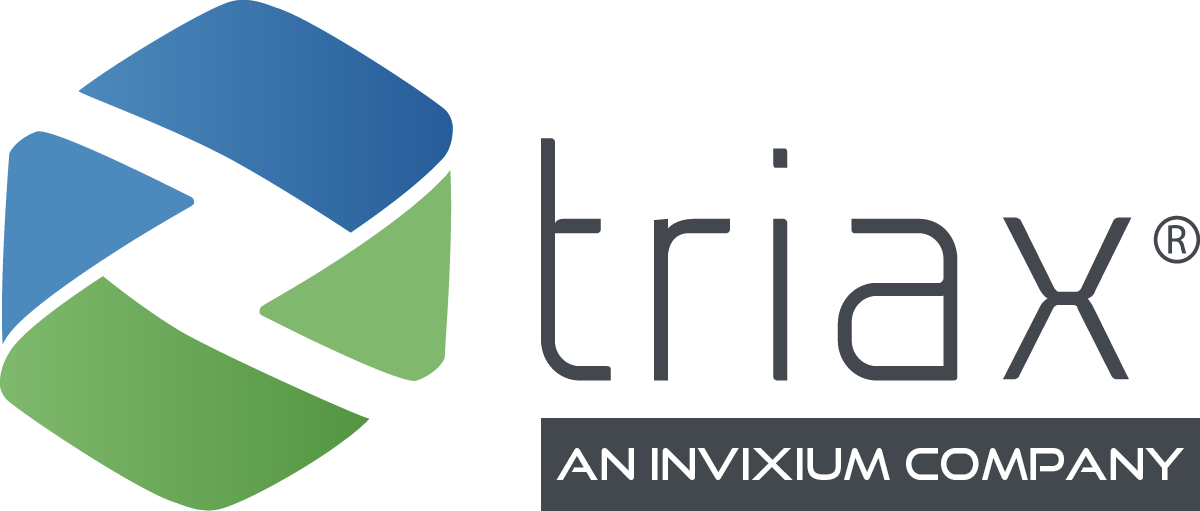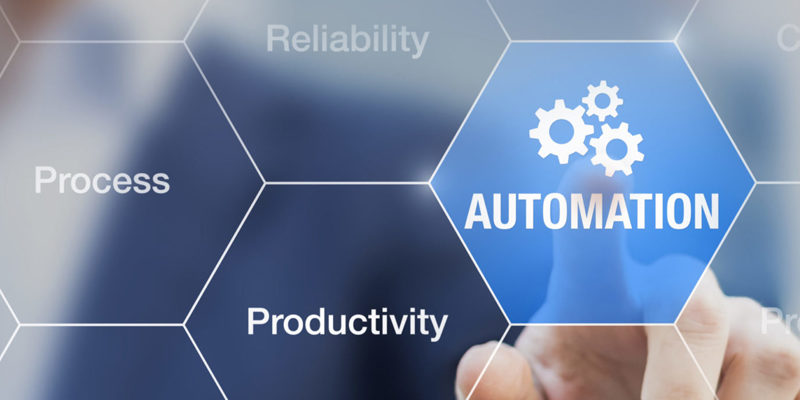Companies hear plenty of noise from technology providers about the benefits of their various platforms, including the ability to “automate” workflows and processes.
But often those solutions don’t involve actual automation. Instead, they are simply digitizing information. And for contractors, builders and operators, the difference between the two is more than semantics. It can have a real impact on a company’s efficiencies and return on investment.
The dictionary definition of “digitize” is to “convert pictures or sound into a digital format that can be processed by a computer.”
That might involve manually entering data into a technology platform or scanning paper copies of timesheets, drawings and other documents into a computer, so that the information can move from an analog form to a digital one.
“Automate,” however, is defined this way: “to convert a process or facility to a largely automatic operation.”
Artificial intelligence, the Internet of Things and machine learning, among other technologies, are making automation possible, transforming workplaces across industries and sectors — from construction to energy and industrials.
With automation, worker time and attendance, for example, can be collected instantly — automated through IoT or wearables — instead of being keyed into a mobile device.
There’s no need for data entry or scanning, and that’s why automation offers a myriad of time-saving opportunities for users. Solutions that simply digitize information can still require a hefty amount of manpower and time as those documents and files are created, collected and turned into digital formats.
What makes automation so popular?
Automation comes with plenty of benefits. It can boost productivity, product quality, data quality and worker safety; lower labor costs; and alleviate issues related to labor shortages. And it’s only going to get more popular as companies look for ways to shave costs and become more efficient.
As a December 2019 McKinsey report explains, automation in the construction industry, for example, could involve robots laying bricks, 3-D printing of construction components and the streamlining of design, planning and management procedures.
“The outlook for automation in construction is bright,” the report says. “Overall the industry will likely improve its productivity, see an increase in wages, and be better suited to meet the growing demand for infrastructure and real estate.”
Automation is having similar impacts in oil and gas, especially because of the growing need to collect data and pull actionable insights from it.
“Jobs, including knowledge work, are being replaced by automation on a large scale, and those that remain require increased human–machine interaction,” according to another McKinsey report about oil and gas organizations of the future. “Data generation continues to grow exponentially, as every physical piece of equipment wants to connect with the cloud. This explosion of data—combined with advanced analytics and machine learning to harness it—creates opportunities to fundamentally reimagine how and where work gets done.”
What we do at Triax
So the next time you read marketing materials about a new solution that will “revolutionize your workflow and processes through automation,” check to make sure the technology is actually automating and not simply digitizing.
At Triax, we’re experts in automation.
Spot-r, our Internet of Things-enabled network, automatically links up information about connected individuals, tools and supplies on the jobsite through our cloud-based system that can be accessed from any device. That means no timesheets or logs are required. The solution automates data collection, providing real-time digital information about safety incidents, worker locations, worker hours, certifications and more.
Here’s how it works: When workers walk onto jobsites wearing Spot-r on their toolbelt, they’re automatically checked into the site. Spot-r monitors site safety, identifying falls and sending automated alerts when they happen. And, with a few keystrokes on their laptop or smartphone, site managers can instantly pull up reports about which on-site workers have the required certifications or how many subs from a particular trade are on the jobsite at any given time.
With it, companies have visibility into their jobsites that paper timesheets and logs could never provide.
Unlock the Power of Automation with Triax Technologies
Looking to experience true automation and enhance your workflows and processes? Contact Triax today and discover how our cutting-edge IIoT worksite solutions can revolutionize your operations. Learn more about worksite automation and technologies by downloading our “Leveraging IIoT for a More Connected Worksite” eBook.

